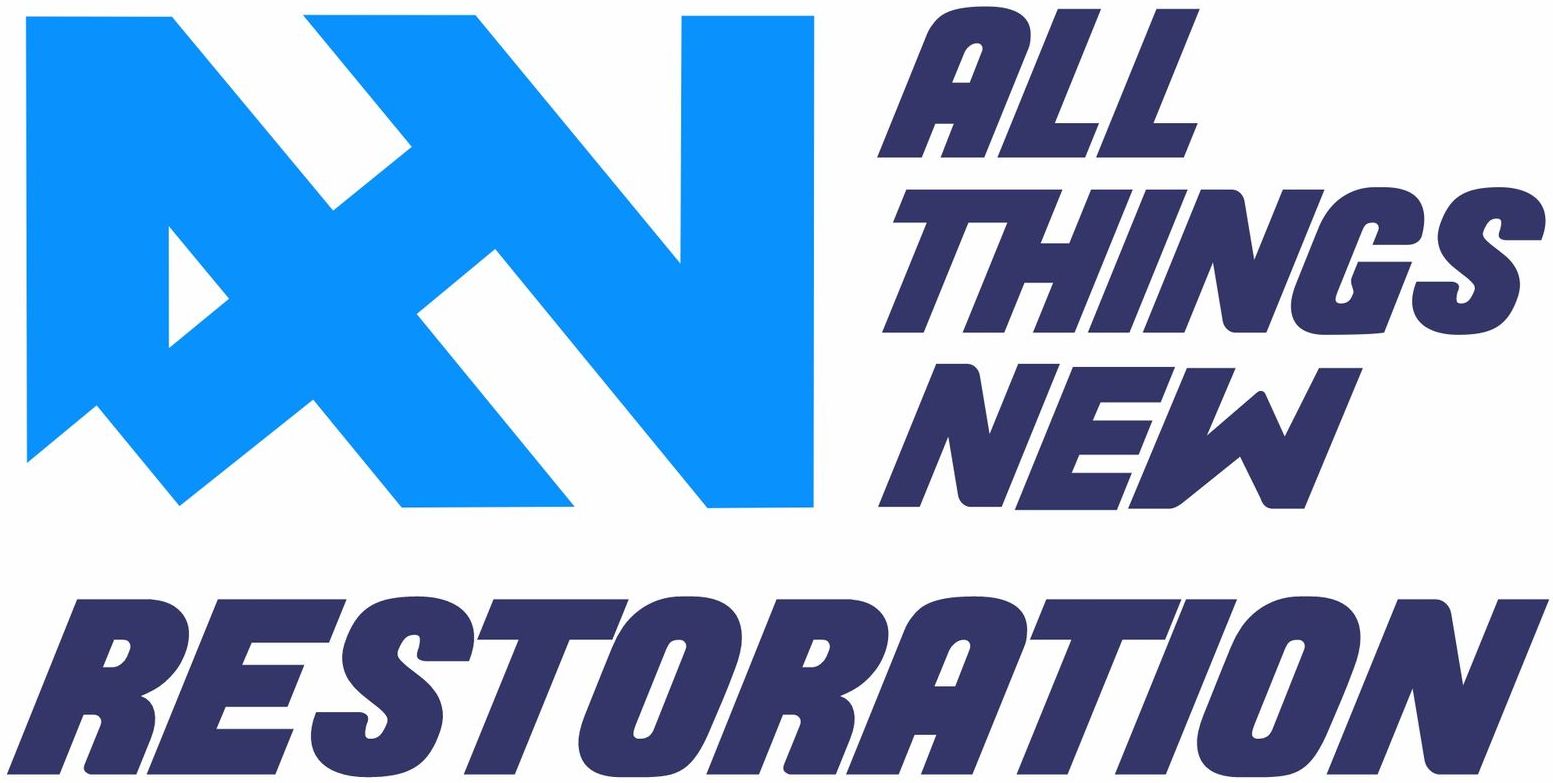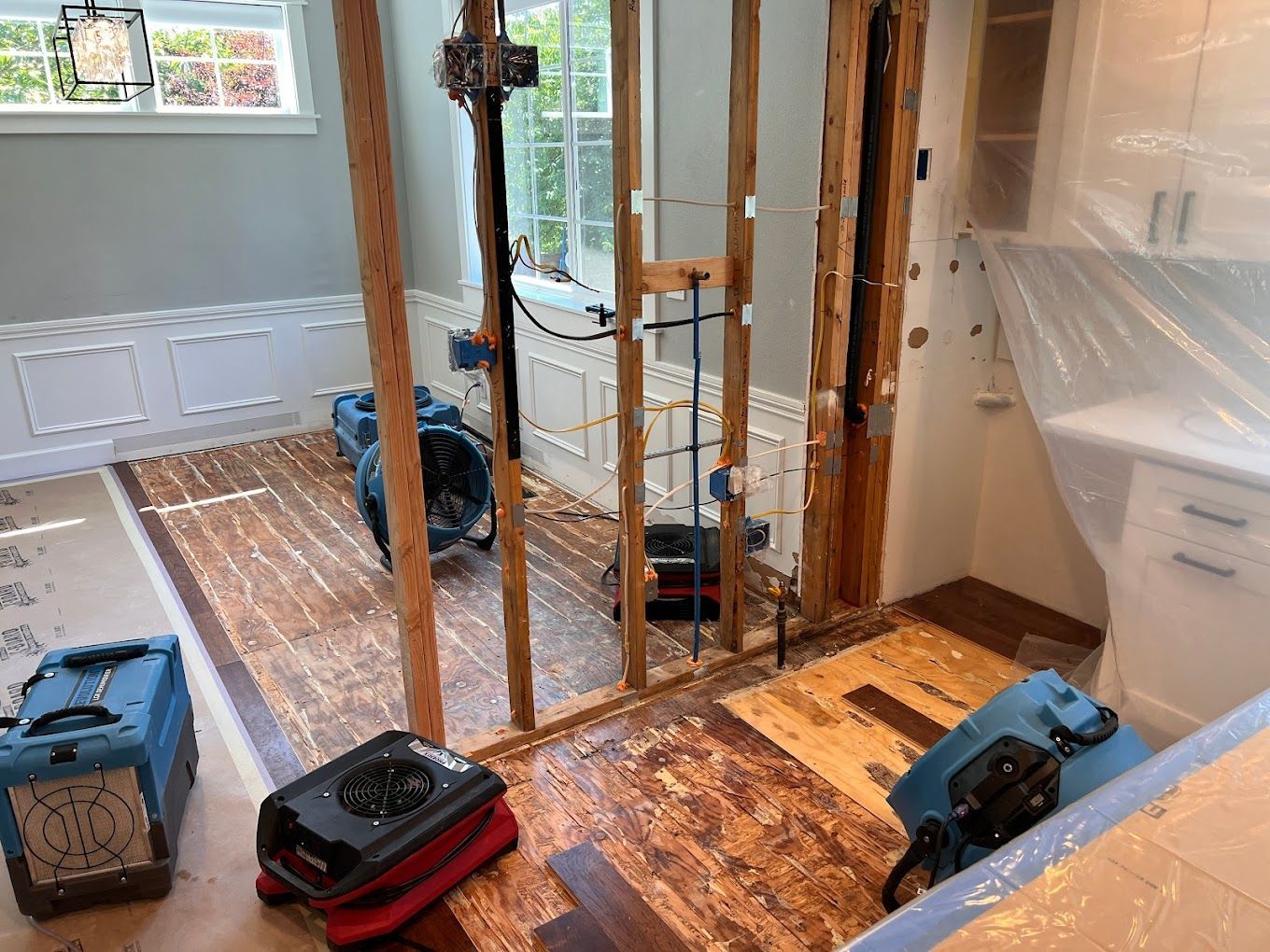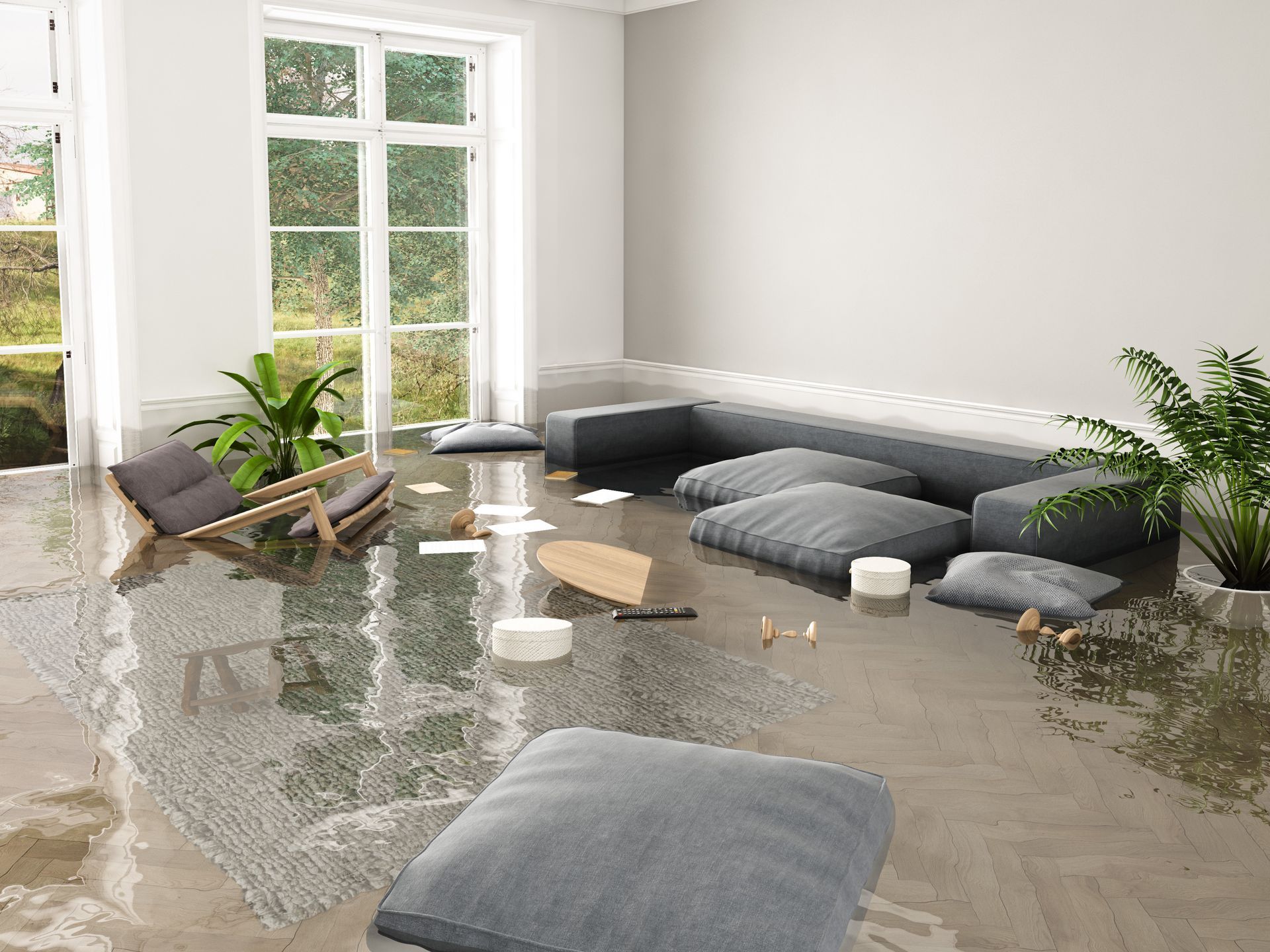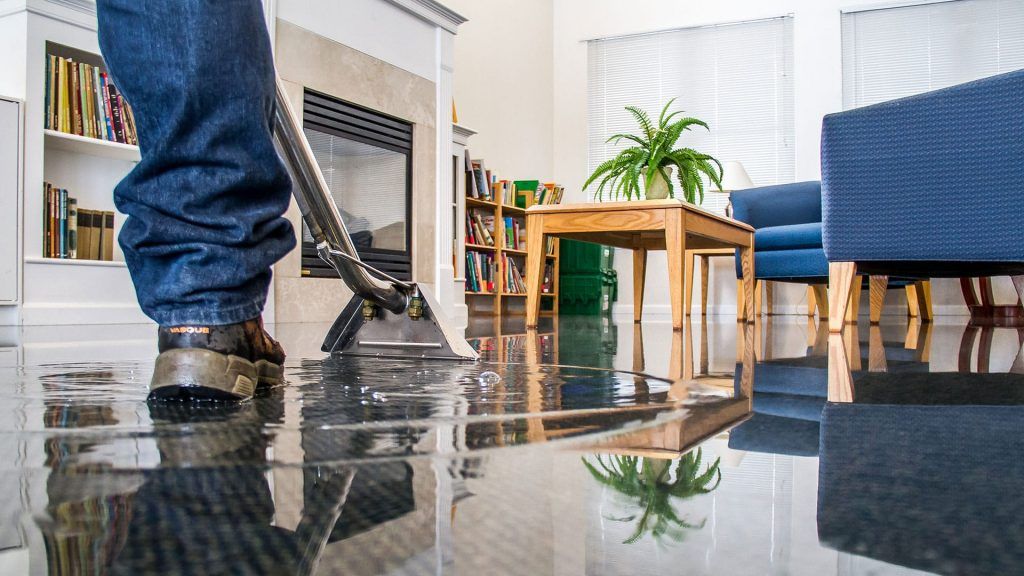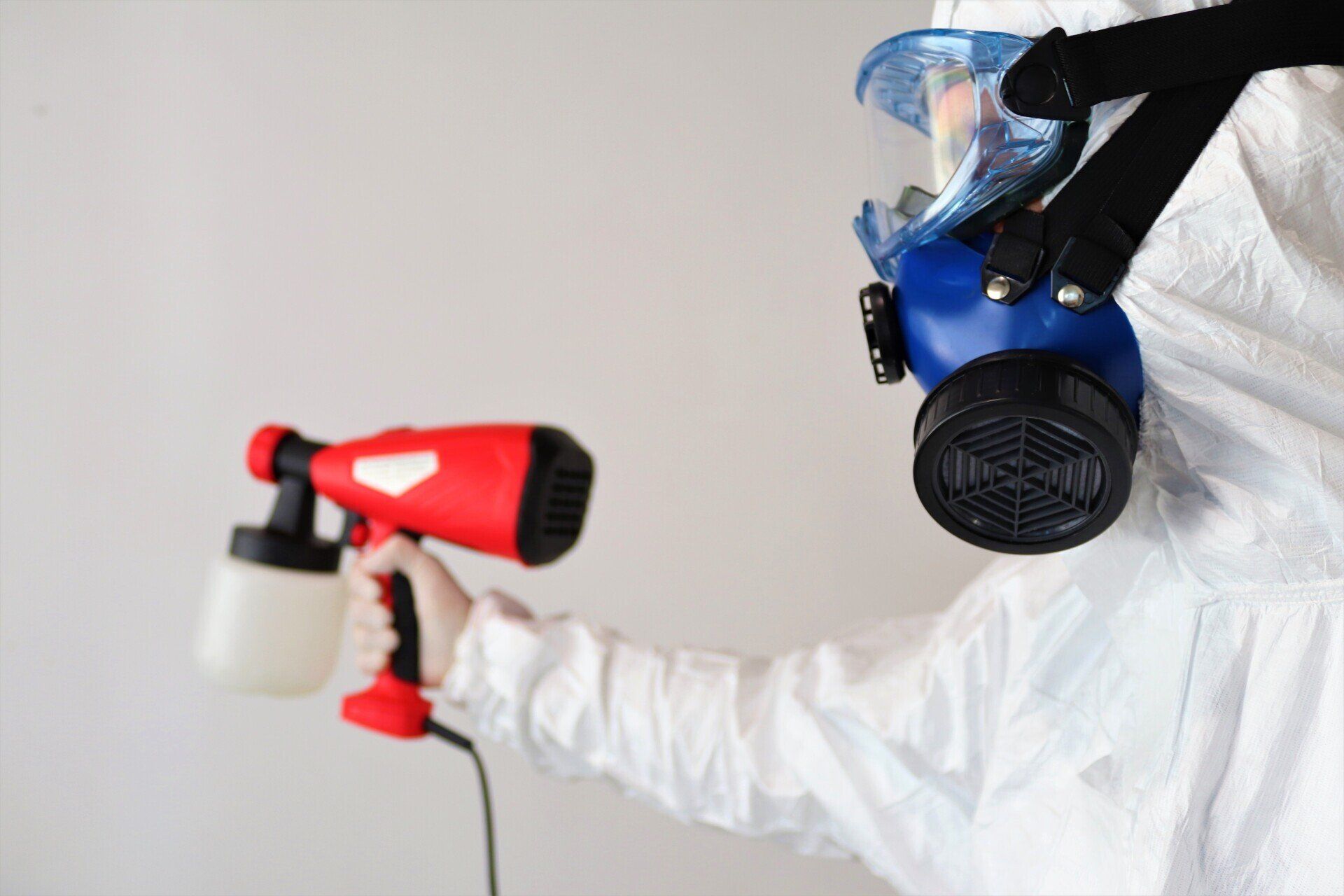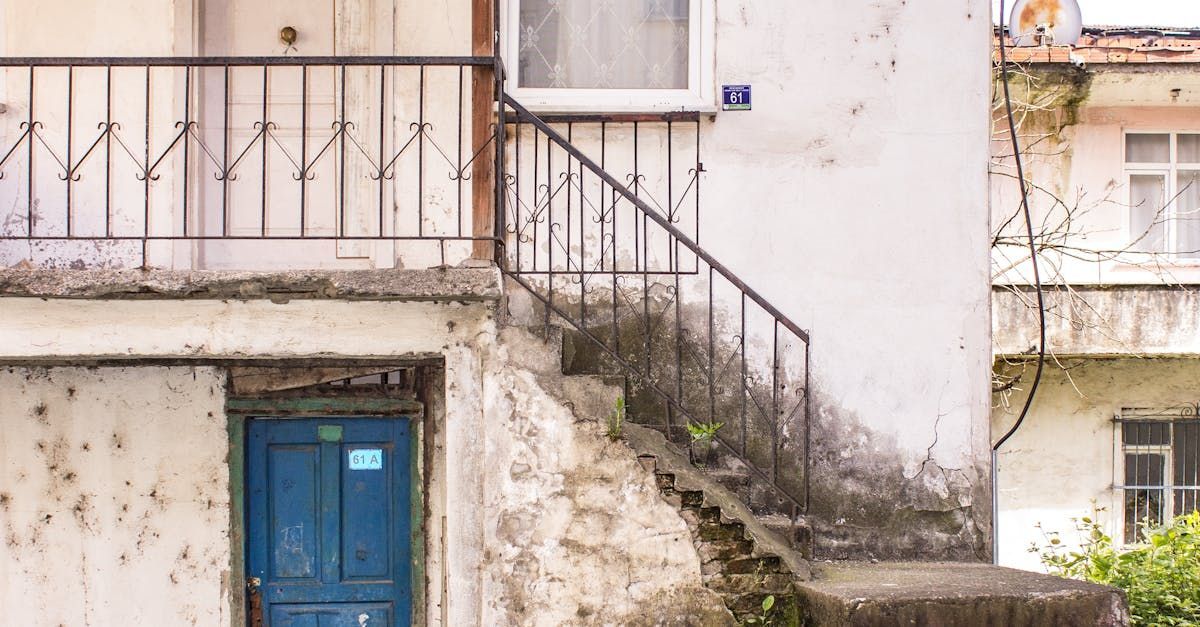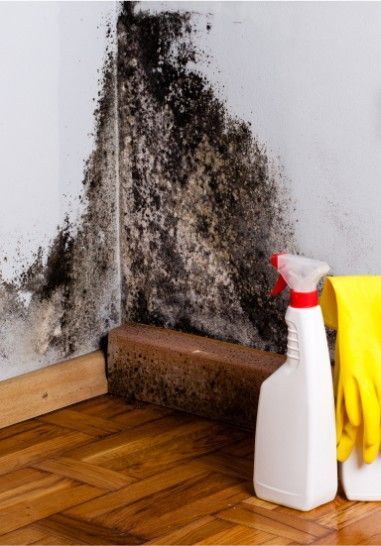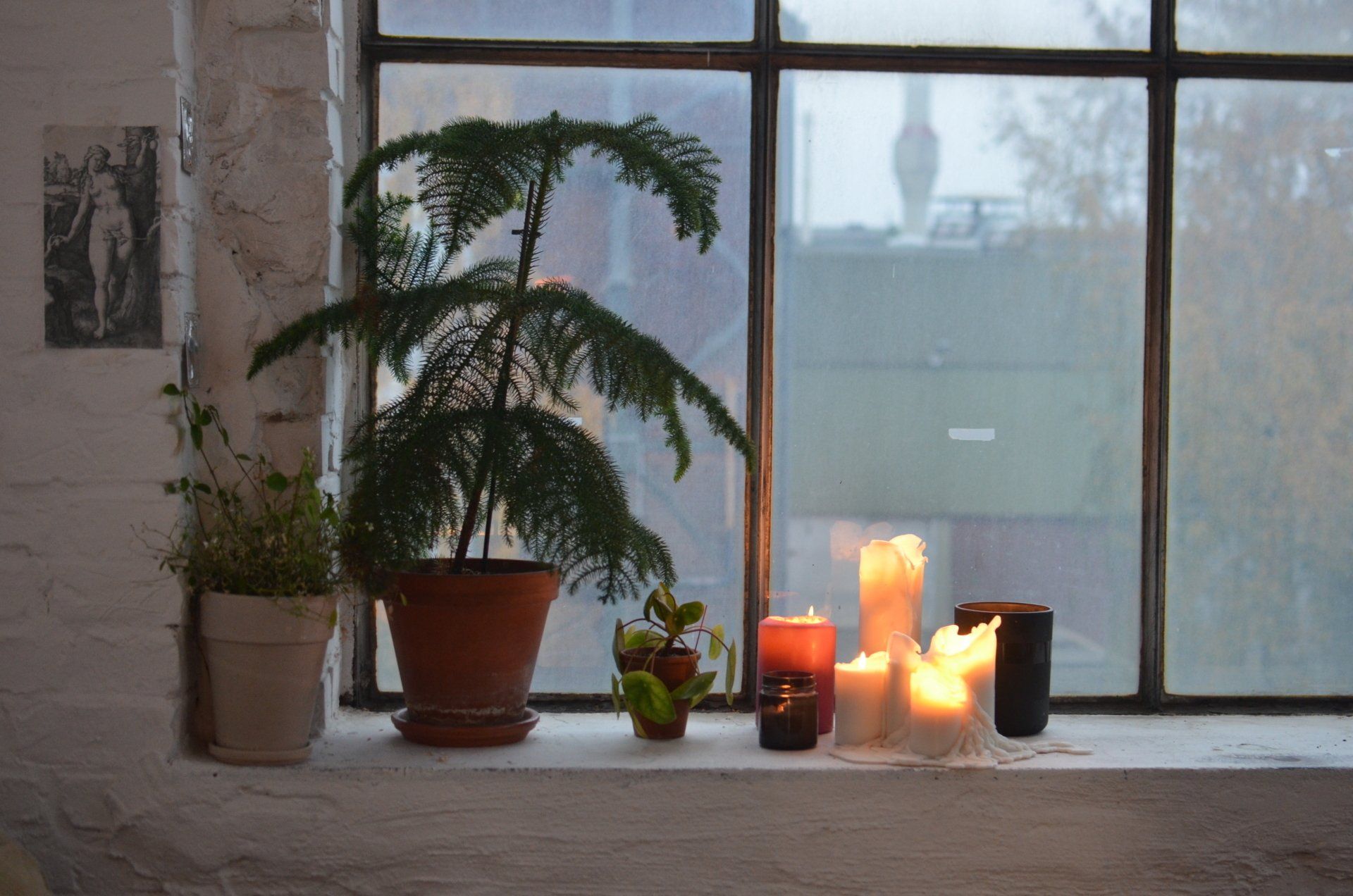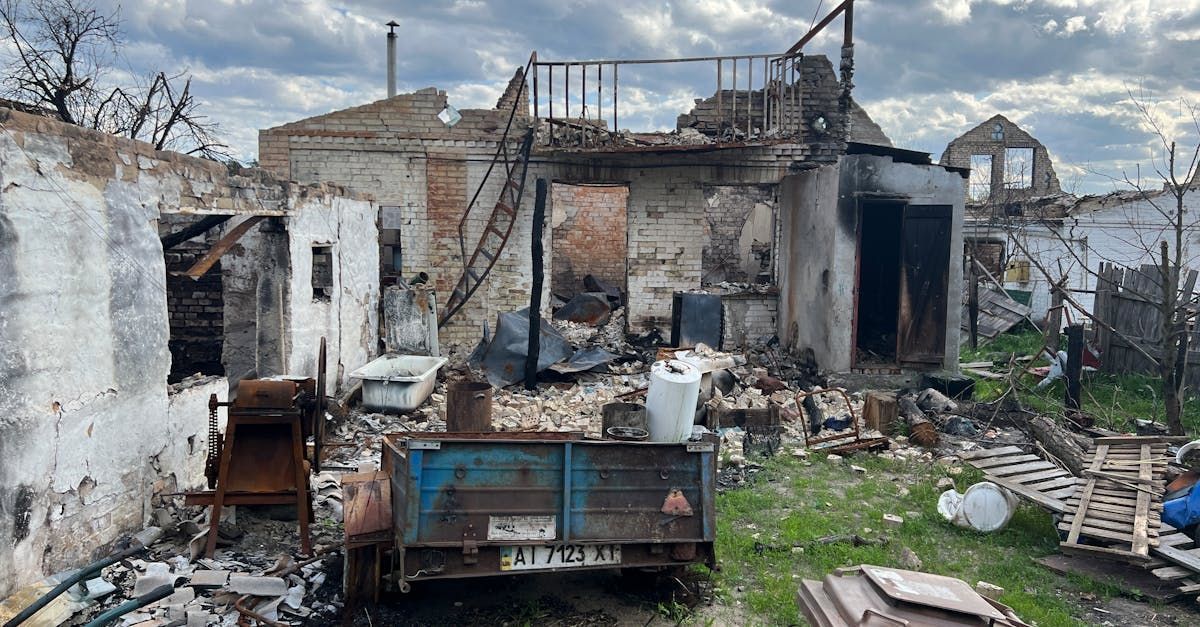The Process of Water Damage Restoration
The Process of Water Damage Restoration
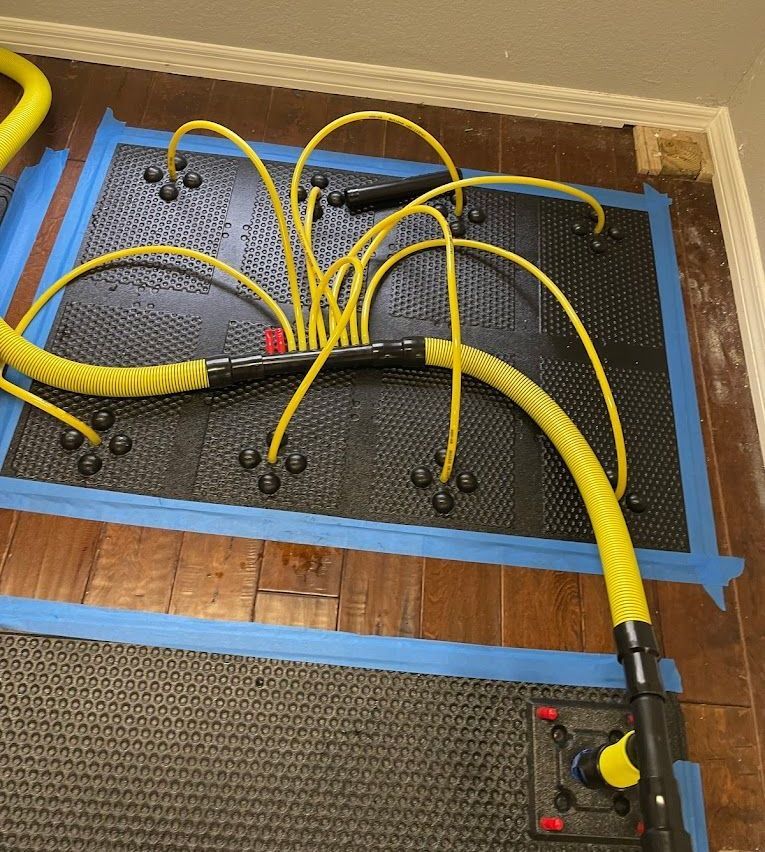
Understanding the water damage restoration process is crucial for homeowners and property managers to mitigate the adverse effects of water intrusion effectively. Water damage can originate from various sources, including natural disasters like floods and storms, plumbing failures, and leaks from household appliances. These incidents can lead to significant property damage, mold growth, and potential health risks if not addressed promptly and professionally. This article aims to provide a comprehensive overview of the water damage restoration process, detailing the steps involved in assessing, cleaning, and restoring properties to their pre-damage condition. By grasping these concepts, property owners can ensure a swift and efficient recovery from water-related disasters.
What is Water Damage?
In understanding the complexities of water damage, it's pivotal to recognize the different categories of water involved – namely clean, gray, and black water – each representing varying levels of contamination and risk. Clean water, originating from sanitary sources like faucets and rainwater, poses the least threat and is the easiest to manage. Gray water, however, emerges from sources such as washing machines and dishwashers containing chemicals or biological contaminants that could pose health hazards if not treated with urgency. The most severe, black water, stems from sewage or natural disaster floodwaters, harboring pathogens and harmful toxins requiring immediate and professional intervention to mitigate adverse health impacts and structural damage.
Prompt response to water damage, regardless of its category, is crucial in preventing further deterioration of property and in safeguarding inhabitants from potential health hazards. Water's pervasive nature means it can quickly seep into walls, flooring, and furniture, fostering mold growth and weakening structural integrity. Common areas and items particularly vulnerable to water damage include basements, ceilings, drywall, and wooden structures. Understanding what water restoration is and acting swiftly not only curtails immediate damage but also averts long-term consequences, underscoring the importance of speedy and effective water damage restoration efforts.
Step 1: Initial Assessment and Safety Measures
The foremost priority in any water damage scenario is ensuring the safety of all inhabitants by immediately turning off the building's electricity to prevent electrical hazards. Equally vital is the use of personal protective equipment (PPE), such as gloves, goggles, and waterproof clothing, to shield against potential contaminants in the water. Once these safety measures are in place, professionals can commence a thorough assessment of the water damage. This evaluation involves cutting-edge tools and techniques, including moisture detectors, hygrometers, and infrared cameras, to map out the affected areas and gauge moisture levels accurately. Understanding the extent of the damage is crucial in devising an effective restoration strategy tailored to the property's needs.
In conjunction with the assessment, documenting the damage meticulously is paramount for insurance purposes. Photography and detailed notes of all affected areas and items play a pivotal role when filing insurance claims. Professional restoration teams are adept at guiding property owners through the documentation process, ensuring that the evidence collected supports their claim, which is essential for a smooth and fair insurance claim process.
Step 2: Water Removal Process
Immediately following the assessment, the water removal process begins, utilizing heavy-duty pumps and industrial-grade wet/dry vacuums. These tools are powerful enough to remove large volumes of water efficiently, significantly reducing drying time and mitigating the risk of mold growth and structural damage. Fast water extraction is crucial, as mold can start developing within 24 to 48 hours in a damp environment.
For those tackling water removal in a DIY scenario, it's vital to have access to a submersible pump and a wet vacuum. However, safety measures must be strictly followed. Always wear protective gear, including gloves and masks, to protect against contaminants. Make sure electricity to the affected area is turned off to prevent electrical hazards. Carefully monitor the moisture level in the walls and floors even after the visible water is removed, using moisture meters to ensure a comprehensive drying process. This thorough approach is essential in preventing the long-term consequences of water damage and maintaining the structural integrity of the property and the health of its inhabitants.
Step 3: Drying and Dehumidifying
Following the water removal stage, the focus shifts to drying and dehumidifying, processes that, although often confused, serve distinct yet complementary purposes. Drying involves the use of air movers and fans to circulate air throughout the damp environment, effectively evaporating moisture from wet surfaces. Dehumidifying, on the other hand, is essential for extracting water vapor from the air, preventing secondary water damage, and inhibiting mold growth. This process leverages dehumidifiers to maintain optimal humidity levels, ensuring the air is not overly saturated with moisture, which could otherwise condense on cooler surfaces.
To guarantee comprehensive drying, attention must be given to hidden areas, such as behind walls and under flooring, where moisture can accumulate unnoticed. Utilizing moisture meters and thermal imaging cameras can aid in detecting unseen damp spots, ensuring these areas are adequately addressed. Additionally, maintaining a consistent use of dehumidifiers and air movers, even after visible moisture is eliminated, is crucial for stabilizing the environment and safeguarding against future moisture buildup. This meticulous approach is vital in upholding the property's integrity and ensuring a healthy living environment.
Step 4: Cleaning and Sanitizing
Once the property is dry, the critical stage of cleaning and sanitizing begins to ensure the environment is free from pathogens and to prevent mold and bacterial growth. This phase involves meticulous cleaning of all affected areas, including walls, floors, and personal belongings. For carpets, steam cleaning is often employed to deeply penetrate fibers and eliminate contaminants, while walls may require thorough washing with antimicrobial agents.
The choice of cleaning solutions, whether natural or chemical, depends on the severity of the contamination and the materials being cleaned. Natural agents like vinegar and baking soda can be effective for mild cases and safer on certain surfaces. In contrast, more severe scenarios might necessitate stronger, chemical-based solutions to thoroughly disinfect the area. Regardless of the choice, it is crucial to use these agents according to their instructions to ensure safety and effectiveness.
Special attention should be paid to personal items, which might require specific cleaning techniques based on their material composition, to not only restore them but also ensure they are safe for continued use. This comprehensive approach to cleaning and sanitization is vital for maintaining health and preventing any future growth of harmful organisms.
Step 5: Restoration and Repair
The final stage of water damage recovery involves both minor repairs, such as painting and drywall repairs, and major restorations, which may include the reconstruction of extensively damaged rooms or areas. Minor repairs typically address aesthetic damages and are often manageable without professional help. These tasks aim to restore the property's appearance and include activities like repainting walls, patching drywall, or replacing damaged floorboards. On the other hand, major restorations require skilled contractors and are necessary when the structural integrity of the property is compromised. It involves more complex procedures, such as replacing entire sections of walls, floors, or even electrical and plumbing systems to ensure the building meets safety standards.
Restoring damaged furniture and personal items involves meticulous cleaning, deodorizing, and sometimes refinishing or reupholstering to return these items to their pre-damage condition. The process varies greatly depending on the material and extent of damage. In scenarios where damage is extensive, enlisting the expertise of professional contractors is essential to manage the complexities of the restoration effectively, ensuring that every aspect of the recovery meets high standards of quality and safety.
Can You Prevent Water Damage?
Preventing future water damage involves a proactive approach, focusing on regular maintenance and inspections to safeguard your property. Regular checks of roofing, plumbing systems, and the foundation play a critical role in identifying potential problems before they escalate. Installing water sensors in prone areas, like basements and under sinks, offers an early warning system, allowing for swift action to mitigate damage. Equally, the role of landscaping cannot be underestimated; grading the land away from your home ensures that rainwater drains effectively, reducing the risk of foundation issues.
The significance of gutter cleaning and maintenance extends beyond mere aesthetics; it is essential for diverting water away from your property, preventing roof leaks, and safeguarding the structural integrity of your home. Similarly, regular plumbing maintenance, including inspecting pipes for leaks or weaknesses, is pivotal in avoiding unexpected water bursts that can lead to extensive water damage. By integrating these measures into your home care routine, you not only enhance your property's resilience against water damage but also contribute to the overall health and safety of your living environment, ensuring peace of mind during adverse weather conditions or unforeseen incidents.
How to Choose a Water Damage Restoration Professional
Selecting a qualified and experienced water damage restoration company is crucial to effectively restoring your property and mitigating further damage. When vetting potential service providers, begin by verifying their certification. Look for companies certified by reputable industry organizations, such as the Institute of Inspection Cleaning and Restoration Certification (IICRC), which sets the standard for the cleaning and restoration industry. This ensures that the company adheres to the best practices and maintains a high level of professionalism.
Insurance is another important factor to consider. Ensure that the company carries liability insurance to protect both you and your employees in case of any accidents during the restoration process. This coverage is a hallmark of a responsible and prepared service provider.
Customer reviews and testimonials offer insightful feedback regarding the company's reliability, efficiency, and quality of work. Review platforms, company websites, and social media can provide a spectrum of customer experiences that highlight both strengths and areas of improvement.
Finally, prepare a list of questions to ask potential service providers. Inquire about their experience with your specific type of water damage, the equipment and techniques they use, their response time, and if they provide a detailed plan and estimate before commencing work. These inquiries will help you gauge their expertise and commitment to solving your water damage issue.
What's Your Water Damage Plan? Stay Safe With All Things New Restoration
At All Things New Restoration, we understand the urgency and delicacy involved in the water damage restoration process. Our team of certified professionals is equipped with the latest technology and techniques to ensure your property is restored to its pre-damage condition efficiently and effectively. We prioritize your safety, health, and satisfaction, offering 24/7 emergency services to tackle any water damage crisis at a moment's notice. Don't wait for water damage to escalate. Secure your property's future with All Things New Restoration today. Contact us for a comprehensive assessment and tailored restoration plan. Your peace of mind is just a call away.
Water Damage Restoration Process FAQs
How long does it take to restore a home after water damage?
The duration required to restore a home after water damage varies depending on the extent of the damage, but typically, it ranges from a few days to several weeks. The process involves water removal, drying, cleaning, sanitizing, and repairs.
How long does it take for water to cause structural damage?
Water can begin causing structural damage in as little as 24 to 48 hours after exposure. This timeframe underscores the importance of rapid response to water damage to prevent worsening conditions.
How much does water damage restoration cost?
The cost of water damage restoration can vary widely, usually between $1,000 and $5,000, depending on the extent of the damage, the size of the affected area, and the necessary repairs or replacement of materials.
What is the difference between mitigation and remediation of water damage?
Mitigation of water damage focuses on preventing further damage, such as by removing water and drying the affected area. Remediation involves repairing or restoring areas and items that were damaged, addressing mold growth, and sanitizing the environment.
Is water damage reversible?
In many cases, water damage is reversible, especially if addressed quickly. Restoration processes can return a home or property to its pre-damage state, though some severe situations may necessitate more extensive repairs or replacements.
